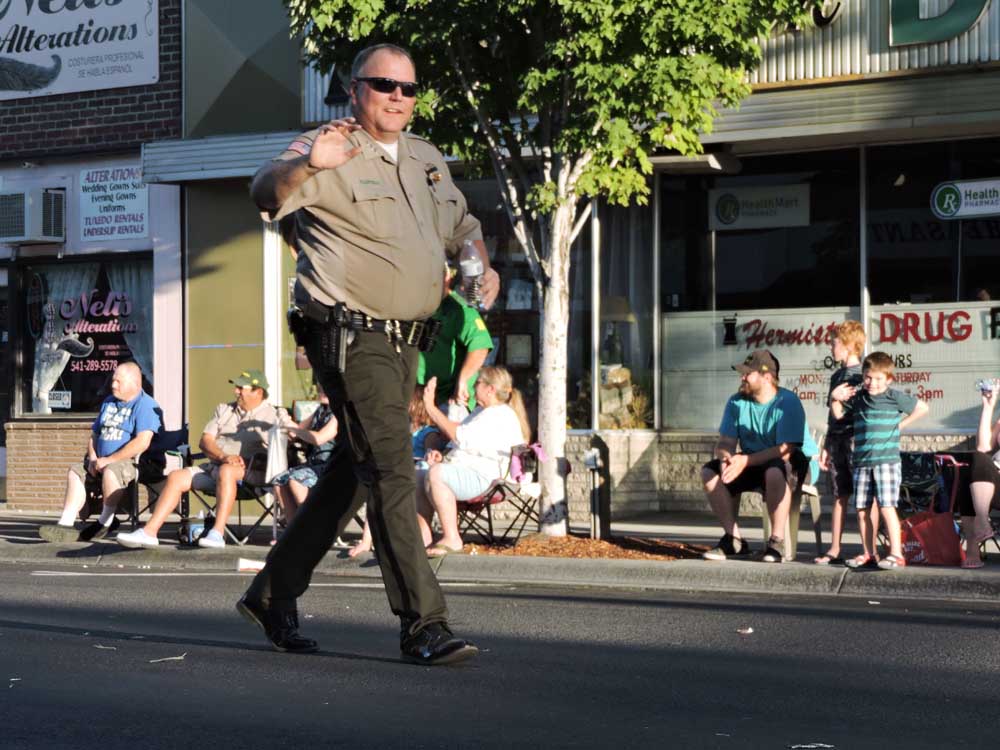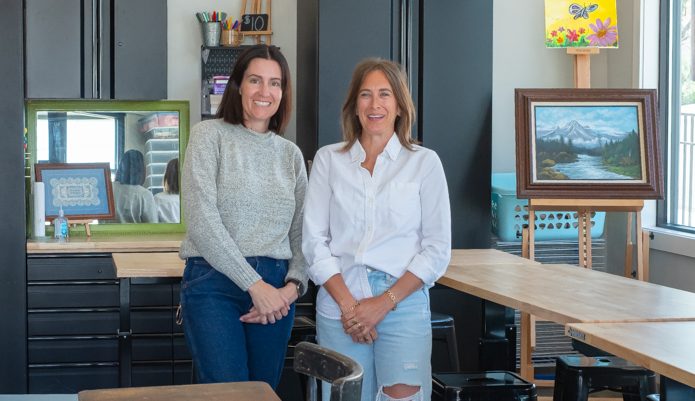Author tells how to listen to nature
Published 11:42 am Sunday, September 22, 2002
Listening to coyotes sing on a moonlit night last week in the foothills of the Blue Mountains – a few miles away from the noisy hustle/bustle of the Pendleton Round-Up – seemed a fitting introduction to naturalist Bernie Krause’s new book, “Wild Soundscapes – Discovering the Voice of the Natural World” (Wilderness Press, 200 pages, soft cover, $19.95).
The book includes an audio CD featuring sample soundscapes and narrated field techniques.
Living in a city, even a small community, or on a modern farm, it’s easy to lose track of what nature sounds like. On what I would expect to be a “quiet” night, in the space of a few minutes I hear dogs barking, a train whistle, a noisy diesel pickup, a car door slamming. Try it sometime after midnight and see what you hear.
Nature? It’s out there somewhere.
This book attempts to create an awareness of noises. It will teach you how to create your own sound recordings of natural settings. The concept intrigues.
Krause is noted for his nature sound recordings. He is called a “bioacoustian.” He has recorded natural soundscapes around the world, from the research sites of Jane Goodall and Dian Fossey in Africa to Antarctica to Yellowstone and the jungles of Borneo.
‘NW mystics’
The life and work of three American artists who met in Seattle in 1938 and shared friendship for more than 30 years is explored in “Sounds of the Inner Eye” (University of Washington Press, 272 pages, soft cover, $40).
With 250 illustrations, 160 of them in color, and an extensive bibliography and notes, the book serves as a catalog to an exhibition of the same name. It’s in Tacoma, Wash., through Oct. 6, at the Museum of Glass: International Center for Contemporary Art.
The three artists – often called the “Northwest Mystics” – are John Cage, Mark Tobey and Morris Graves.
Wulf Herzogenrath and Andreas Kreul edited the book, and wrote some of the chapters.
Ray Krass and Wesley Wehr also contributed. The editors created a well-rounded presentation by including narratives from each of the artists.
Meditation
Robert A. Davies says his new book, “Timber” (Traprock Press, 112 pages, soft cover, $15) is “an elegy to the small logging towns and forests of Oregon, ancient and second growth.”
It’s the first collected edition of a series of poems. It’s about a community, imagined but real. A first reader comes away with a sense of sweetness. Likable, thoughtful poetry. Cheers for Traprock publisher and editor Erik Muller of Eugene for his work in this field where rewards cannot be measured in dollars.





